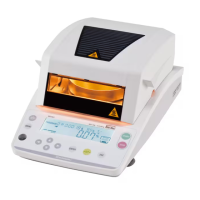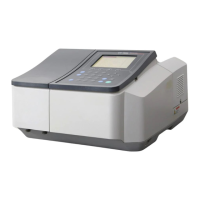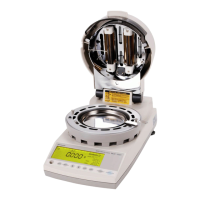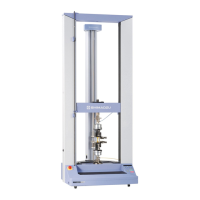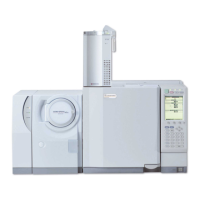1.3 The FTIR Advantage
1-7
IRAffinity-1
FTIR spectrophotometry offers at least three advantages: multiplex advantage (Fellgett advantage), aperture
advantage (Throughput (Jacquinot) advantage), and wavenumber accuracy (Connes) advantage.
The multiplex advantage results from the accumulation and sorting of data. In one second with one scan, the
FTIR measures a spectrum of all wavenumbers. By continuing to scan for a specified period, one minute for
example, and accumulating the results, a spectrum with a high S/N ratio is obtained.
The aperture advantage is created by the large FTIR aperture. FTIR results depend on the aperture area and
the incident angle of light. When a large aperture is used, more of the light source is available to maintain a
high-throughput optical system, giving the spectrum a high S/N ratio.
The wavenumber precision, or Cones, advantage is the result of the IRAffinity-1 He-Ne laser. The laser emits
extremely stable monochromatic light, creating a spectrum with high wavenumber accuracy.
The three FTIR advantages extend many benefits:
1. Higher sensitivity measurement
2. Measures samples with low transmittance, a small sample size, or a thin layer of film on its surface.
3. Higher speed measurement
4. Higher wavenumber accuracy
5. Highly accurate spectrum subtraction
1.3 The FTIR Advantage
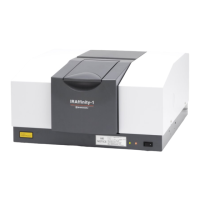
